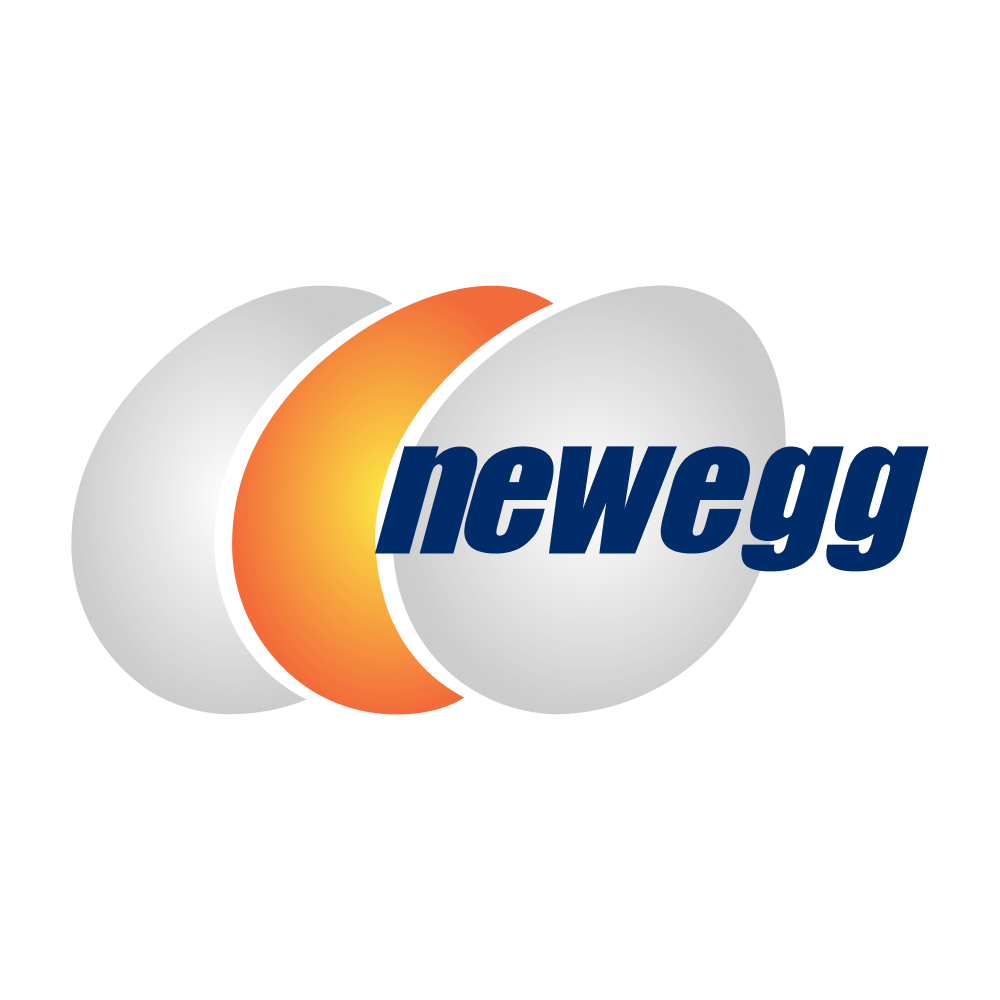Advertisement|Remove ads.
Wells Fargo Strategist Downplays Fed Rate Cuts, Says Market Rally Is All About AI

An equity strategist is weighing all his market optimism on third-quarter earnings, thanks to the ongoing momentum seen in artificial intelligence (AI).
While appearing on CNBC’s “Fast Money” segment, Wells Fargo Chief Equity Strategist Ohsung Kwon said AI matters more to the market than the Fed. The strategist, however, acknowledged the importance of rate cuts in broadening the rally.
The strategist noted that in the run-up to the Fed’s September meeting, easing trade happened, with small-cap and homebuilders finding favor among investors. Now that the Fed is officially in an easing cycle, traders are selling the news and rotating back into AI, he added. “I think outside of AI, I'm not really excited about anything,” Kwon said.
He believes that for the rally to broaden, the manufacturing purchasing managers’ index (PMI) must exceed 50. “I don’t really see that happening unless rates fall more from here because this has been the most rate-sensitive manufacturing cycle in history,” he added. Wells Fargo forecasts two rate cuts this year and another two next year.
Thanks to an AI-fueled rally on the back of AMD’s (AMD) OpenAI deal, the S&P 500 and the major tech indices hit another fresh record. For the year-to-date (YTD) period, the SPDR S&P 500 ETF (SPY), an exchange-traded fund (ETF) that tracks the S&P 500 Index, and the Invesco QQQ Trust (QQQ) have gained 15.6% and 19.3%, respectively.
On Stocktwits, retail traders remained cautious, with the sentiment toward both the SPY and QQQ ETF remaining ‘bearish’ by late Monday. The message volume on the SPY stream remained ‘high,’ while that on the QQQ was at ‘normal’ levels.
The Global X Artificial Intelligence & Technology ETF (AIQ) has gained over 32% for the year, while the Roundhill Magnificent Seven ETF (MAGS), which tracks seven mega-cap tech stocks with exposure to AI, has risen 20%.
The research firm predicts a 4% earnings beat, on average, for the upcoming reporting season, based on its modeling that analyzed approximately 350 macro variables, led by AI and semiconductor companies. He also said that tariffs didn’t significantly impact the third-quarter results. “I think it's more of a Q4 event and into Q1 because companies carry about 65 days of inventory at the end of Q2, which means that since Aug. 7, their inventories are going to run out in the middle of October to November.”
Given his expectations that earnings will grow 11% this year and the next and another 12% in 2027, the strategist predicts low-teens returns for the S&P 500 companies without any multiple growth. Factoring in profits, rates, sentiment and macro, Kwon said the backdrop is positive for equities and the S&P 500 will likely hit 7,200 by year-end 2026.
For updates and corrections, email newsroom[at]stocktwits[dot]com.







/filters:format(webp)https://news.stocktwits-cdn.com/Getty_Images_2228901180_jpg_0c2cc7dc28.webp)
/filters:format(webp)https://news.stocktwits-cdn.com/IMG_4530_jpeg_a09abb56e6.webp)
/filters:format(webp)https://news.stocktwits-cdn.com/large_warner_bros_discovery_wbd_resized_jpg_bae2c7edb6.webp)
/filters:format(webp)https://st-everywhere-cms-prod.s3.us-east-1.amazonaws.com/IMG_9209_1_d9c1acde92.jpeg)
/filters:format(webp)https://news.stocktwits-cdn.com/large_Getty_Images_1665925516_jpg_29c7b45d8b.webp)
/filters:format(webp)https://st-everywhere-cms-prod.s3.us-east-1.amazonaws.com/Sourasis_Bose_Author_Image_939f0c5061.jpg)
/filters:format(webp)https://news.stocktwits-cdn.com/large_Trading_floor_jpg_52b1cac109.webp)
/filters:format(webp)https://st-everywhere-cms-prod.s3.us-east-1.amazonaws.com/shanthi_v2_compressed_98c13b83cf.png)
/filters:format(webp)https://news.stocktwits-cdn.com/large_Getty_Images_1945576902_jpg_e7dd5c5f55.webp)
/filters:format(webp)https://st-everywhere-cms-prod.s3.us-east-1.amazonaws.com/Getty_Images_157556380_fotor_20241211028_85dd179955.jpg)
/filters:format(webp)https://st-everywhere-cms-prod.s3.us-east-1.amazonaws.com/unnamed_jpg_9dff551b50.webp)